Starter quiz
- A perpendicular bisector of the line PQ is a line that is at an angle of ______° to PQ. It cuts PQ exactly in half.
- '90' ✓
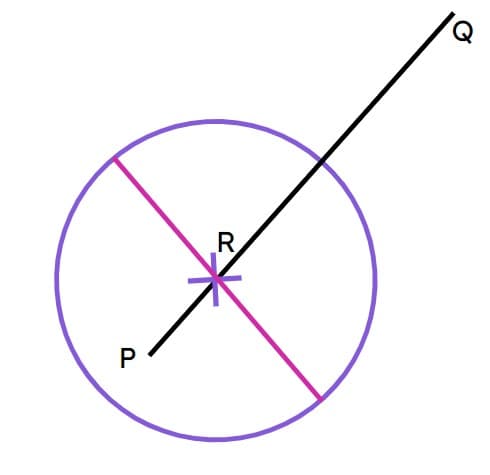 Izzy has incorrectly constructed a perpendicular for PQ through R. What is wrong with Izzy's construction?
Izzy has incorrectly constructed a perpendicular for PQ through R. What is wrong with Izzy's construction?- The line segment PQ should touch the circle twice. ✓
- Izzy hasn’t drawn all the expected construction arcs. ✓
- It is only possible to draw a perpendicular through the midpoint of PQ.
- The whole diagram has been rotated.
- The line through R may not be perpendicular to PQ. ✓
-
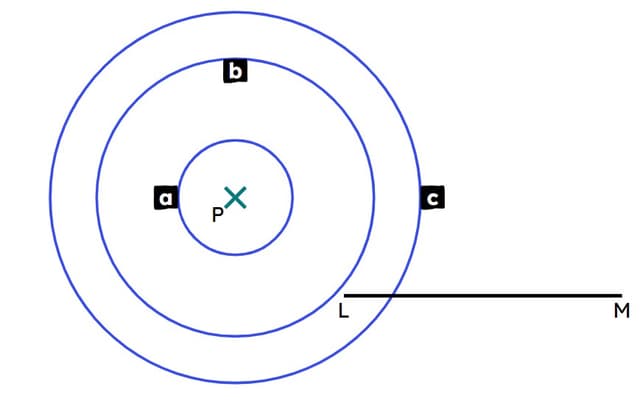 Which of these circles does not help in the construction of the perpendicular to LM through point P?
Which of these circles does not help in the construction of the perpendicular to LM through point P?- Circle a ✓
- Circle b
- Circle c
-
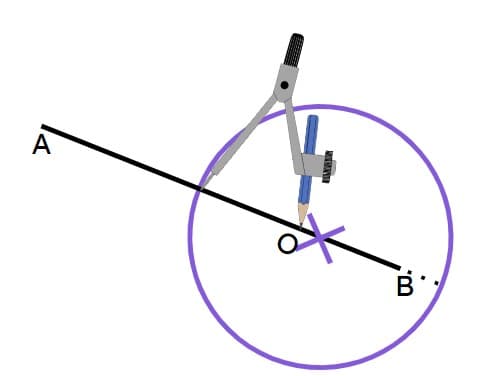 Laura has partially completed a construction for a perpendicular of AB through O. What is incorrect about Laura’s pair of compasses?
Laura has partially completed a construction for a perpendicular of AB through O. What is incorrect about Laura’s pair of compasses?- The compass width is too wide.
- The compass width is too short. ✓
- The compass needle should be at point A.
- The compass needle should be at point B.
- The compass needle should be at point O.
-
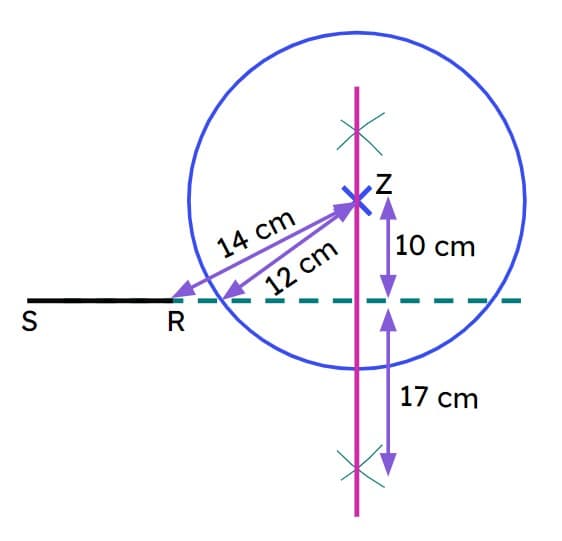 The diagram shows the perpendicular through Z to the line segment SR. The radius of the circle is ______ cm.
The diagram shows the perpendicular through Z to the line segment SR. The radius of the circle is ______ cm.- '12' ✓
 The diagram shows the perpendicular through Z to the line segment SR. The shortest distance from Z to the original line segment SR is ______ cm.
The diagram shows the perpendicular through Z to the line segment SR. The shortest distance from Z to the original line segment SR is ______ cm.- '14 cm' ✓
Exit quiz
- Aisha constructs the bisector of an angle of 72°. Aisha has made angles of ______°.
- '36' ✓
 The diagram shows two congruent isosceles triangles put together to form a rhombus. Match each angle to its size.
The diagram shows two congruent isosceles triangles put together to form a rhombus. Match each angle to its size.- °⇔22° ✓
- °⇔44° ✓
- °⇔136° ✓
- Not a marked angle⇔64° ✓
 Starting with the first step, put these steps in order to construct a rhombus given the legs of an angle.
Starting with the first step, put these steps in order to construct a rhombus given the legs of an angle.- 1⇔Set your compasses to a width equal to the shorter of the two legs.
- 2⇔Place your compass needle on the vertex of the angle.
- 3⇔Make an arc on each leg.
- 4⇔Place the compass needle on the arc of one leg created in the previous step.
- 5⇔Place the pencil on the vertex of the angle. Draw a circle.
- 6⇔Repeat on the open endpoint of the other leg.
- 7⇔Use a ruler to connect the points to form a rhombus.
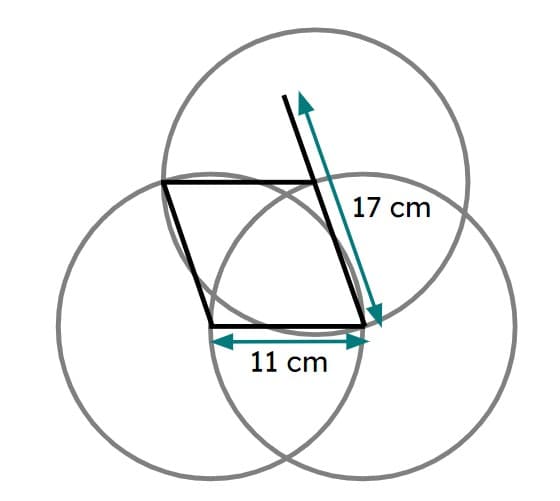 Jun wants to construct a rhombus using an angle with leg lengths of 11 cm and 17 cm. The maximum radius of each circle in the construction of this rhombus is ______ cm.
Jun wants to construct a rhombus using an angle with leg lengths of 11 cm and 17 cm. The maximum radius of each circle in the construction of this rhombus is ______ cm.- '11' ✓
 Alex begins construction of a rhombus from this angle. The final vertex of the rhombus is at point ______.
Alex begins construction of a rhombus from this angle. The final vertex of the rhombus is at point ______.- 'B' ✓
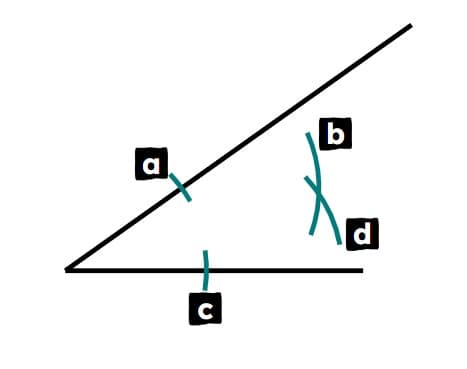 Sam is constructing an angle bisector. Here are the construction marks. Which two arcs did Sam draw first?
Sam is constructing an angle bisector. Here are the construction marks. Which two arcs did Sam draw first?- a ✓
- b
- c ✓
- d
-
Worksheet
Loading worksheet ...
Presentation
Loading presentation ...
Video
Lesson Details
Key learning points
- A rhombus can be constructed from two congruent isosceles triangles
- The diagonals of a rhombus bisect the angles
- It is possible to construct an angle bisector without drawing the rhombus
- The angle could be the interior angle of a shape
Common misconception
"My construction didn't accurately bisect the angle"
Check that your compasses construct a full circle, and do not slip (and create a spiral-shape). Tighten the screw on your compasses, if possible. Then, if only using construction arcs that look confusing, you can construct full circles to help.
Keywords
Bisect - To bisect means to cut or divide an object into two equal parts.
Rhombus - A rhombus is a parallelogram where all sides are the same length.
Congruent - If one shape can fit exactly on top of another using rotation, reflection or translation, then the shapes are congruent.
+